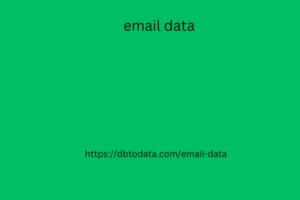Advantages Provides an efficient, intuitive interface that is easy to use;
Anyone with basic knowledge of social media or blogging can quickly install and configure it;
has a community with more than 350 thousand developers exchanging information daily;
allows e-commerce to offer its customers a dashboard to monitor the progress of orders;
allows integration with more than 140 payment intermediaries;
easily integrates with other WordPress plugins;
no need for a complex hosting server;
does not charge for license or subscription;
runs on PHP and MySQL servers.
Disadvantages
There may be limitations as it is not a platform whose focus is not e-commerce
the plugin database india email list may be insufficient;
updates may cause some damage to store pages ;
many extensions to the system are considered expensive.
Similarities between Magento and WooCommerce
Both platforms offer open-source products, which the manager can edit and customize the layout and tools provided as he or she wishes. Both use templates to design and customize the appearance of your website.
Both WooCommerce and Magento offer a “freemium” business model with a free subscription and additional paid features. To help with communication, both platforms allow the online store to have a blog to create content .
Differences The main one is hosting
While Magento requires a server, since it needs support to store data, WooCommerce runs directly on WordPress, so there is no need to allocate its database elsewhere.
Those who do not boost your inbound strategy with the latest from content hub understand programming will inevitably need help to develop a Magento store, while WooCommerce is simpler, both in terms agb directory of installation and implementation of plugins.
When searching for the most assertive option for structuring your business, there is nothing stopping you from starting with a simpler, yet more complete platform and, at another opportunity, migrating to a more complex one.

